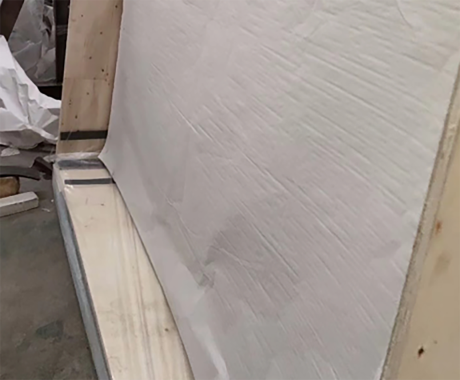

Understanding the Cost of Low-E Replacement Glass
Low-emissivity (Low-E) glass has become a popular choice for homeowners and builders due to its energy efficiency and ability to regulate temperature. Unlike standard glass, Low-E glass is coated with a thin layer of metallic oxide, which reflects heat back into the room during winter while keeping it out during summer. This unique property allows for improved insulation, reduced energy costs, and enhanced comfort in homes. However, when it comes to replacing existing windows with Low-E glass, many homeowners have questions about the associated costs.
Understanding the Cost of Low-E Replacement Glass
Another element to consider is the size and style of the windows being replaced. Custom-sized or specialty windows, such as those with unique shapes or historic designs, can drive up costs due to additional manufacturing and installation challenges. Furthermore, the framing materials also play a role; for instance, vinyl frames may offer a more economical option compared to wood or fiberglass, which can be costlier due to their durability and aesthetic appeal.

Labor costs are another critical component of the total expense. Replacement windows require professional installation to ensure optimal performance and longevity. Hiring experienced contractors comes with their own set of costs, which can vary based on location and the complexity of the job. Homeowners should always obtain multiple quotes and assess the contractors’ experience with Low-E products to ensure a fair price without sacrificing quality.
It's also important to consider the long-term savings that Low-E glass can provide. While the upfront cost for replacement may be higher than traditional glass options, the energy efficiency of Low-E glass can lead to significant savings on heating and cooling bills over time. Additionally, many utility companies offer rebates or incentives for homeowners who upgrade to energy-efficient windows, which can offset initial expenses.
Lastly, maintenance and warranty considerations should not be overlooked. Low-E glass typically comes with a warranty that may cover defects and performance. Understanding these details can help homeowners make informed decisions about the value of their investment.
In conclusion, while the cost of Low-E replacement glass may seem high at first glance, weighing the benefits of energy efficiency, long-term savings, and potential rebates makes it an attractive option for many homeowners. By considering all factors—from the type of glass to installation costs and warranties—homeowners can make educated choices that will enhance their living spaces while being mindful of their budgets.